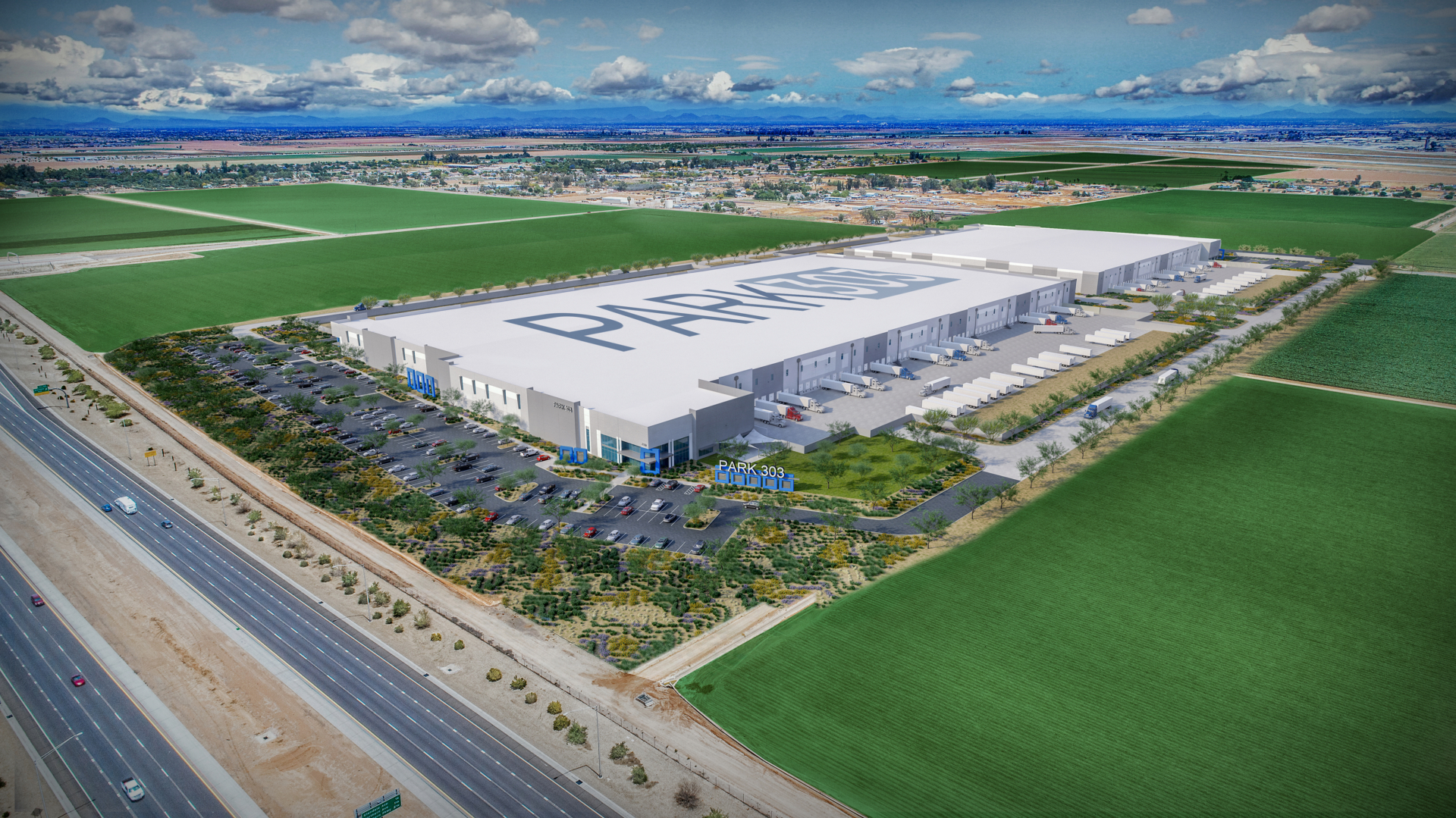Last year was tough for everyone and most industries. However, industrial real estate construction was more insulated. Shelter-in-place mandates, working from home and online schooling meant that Americans weren’t going anywhere — and, as a result, they were getting everything delivered. To meet the increased demand, industrial property construction intensified, adding nearly 276 million square feet across 915 properties last year. With Dallas and Phoenix on top, both of which welcomed more than 25 million square feet of new industrial space, 2020 construction totals nearly doubled what the 2019 U.S. industrial pipeline delivered.
Using data from CommercialEdge, we looked at how much industrial space we can expect to be added in 2021. As of March 1, when the data was extracted, industrial property completions were set to increase by 24% over last year’s numbers — up to 342 million square feet across 1,040 properties, a five year high — roughly the area of Chicago O’Hare Airport. Clearly, the pandemic has accelerated the shift toward e-commerce, and it’s evident in the industrial completions data. Logistics and deliveries have never been this important and, at least for 2021, it looks like they will remain as such.
READ ALSO: Phoenix industrial market continues surge in Q1
Keep scrolling to check out the top markets that are adding the most space, as well as the largest individual projects in the nation for 2021.
DFW to Add 8% of Nationwide Total
The Dallas-Fort Worth metroplex in Texas will lead the nation in industrial completions this year with nearly 28 million square feet of space across 79 projects — more than 480 football fields — and just 2% more than last year, accounting for 8% of all industrial space projected to be delivered this year nationwide. The developments are fairly evenly distributed within the total market, with large properties in South Dallas, Las Colinas and North Fort Worth, among others.
Meanwhile, with nearly 10 million square feet of development less than Dallas, Phoenix is in the #2 spot. The Valley of the Sun will add 56 properties and 18.4 million square feet — a whopping 76% increase over last year, when the developers added less than 10.5 million square feet of Phoenix industrial space. Many of the projects are in the South Phoenix and Chandler submarkets, but the largest projects — like Amazon’s 2.3-million-square-foot facility — are in Phoenix-West.
However, one of the largest jumps in the nation is expected in Austin, Texas. In contrast to the 1.7 million square feet of Austin industrial space completed last year, the market is projected to see nearly 10.4 million square feet of deliveries this year — a 511% jump. More than half of this square footage is being added by just two properties: Giga Texas — Tesla’s four-million-square-foot manufacturing facility — and Seefried Industrial Properties’ 3.8-million-square-foot behemoth in Pflugerville, which Amazon will be leasing in its entirety.
But not all markets are growing. Houston, for instance, is planning completion of 10.3 million square feet this year, which marks a decrease of 41% compared to the more than 17.5 million square feet of new Houston industrial space delivered in 2020. The city has been hit hard by the recent collapse in oil prices — made even worse when they went negative last year. And, while logistics are important, market share seems to be bleeding to Austin and Dallas.
Amazon to Occupy 8 of 10 Largest U.S. Industrial Completions
Amazon distribution centers are dominating the largest industrial projects in the U.S. In particular, Amazon is constructing four warehouses that total nearly 14.8 million square feet and is set to lease another 13.5 million from developers such as Fortress Investment Group, Dermody Properties and Seefried Industrial Properties. The total square footage will be a whopping 28.3 million square feet of industrial space — about the area of Central Park in New York City — and that only includes the top 10 largest projects in the country.
In contrast to last year, the sheer size of the largest completion is striking: Last year, the largest facility was 2.8 million square feet, whereas nine of the largest 10 projects set to be delivered this year are larger than that.




